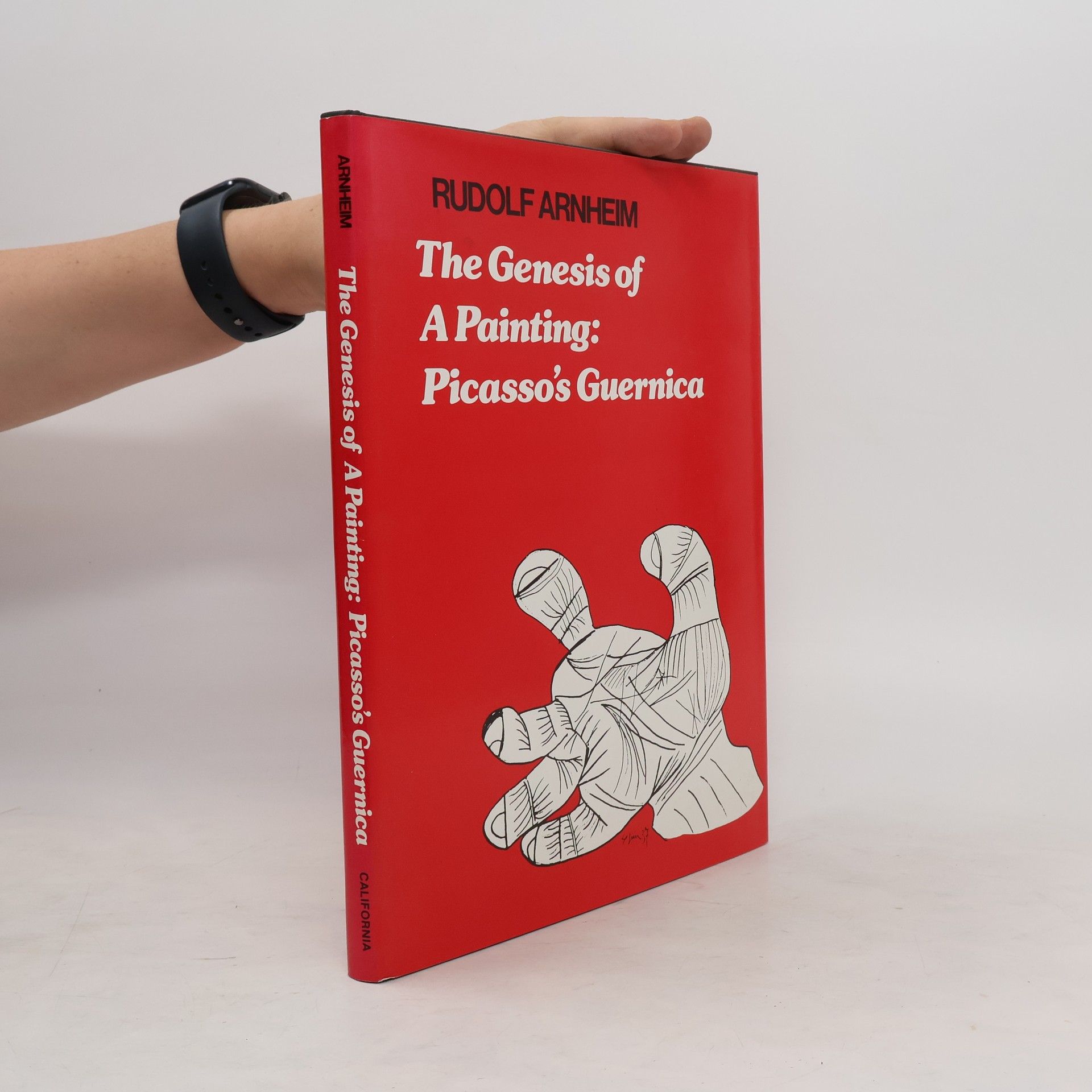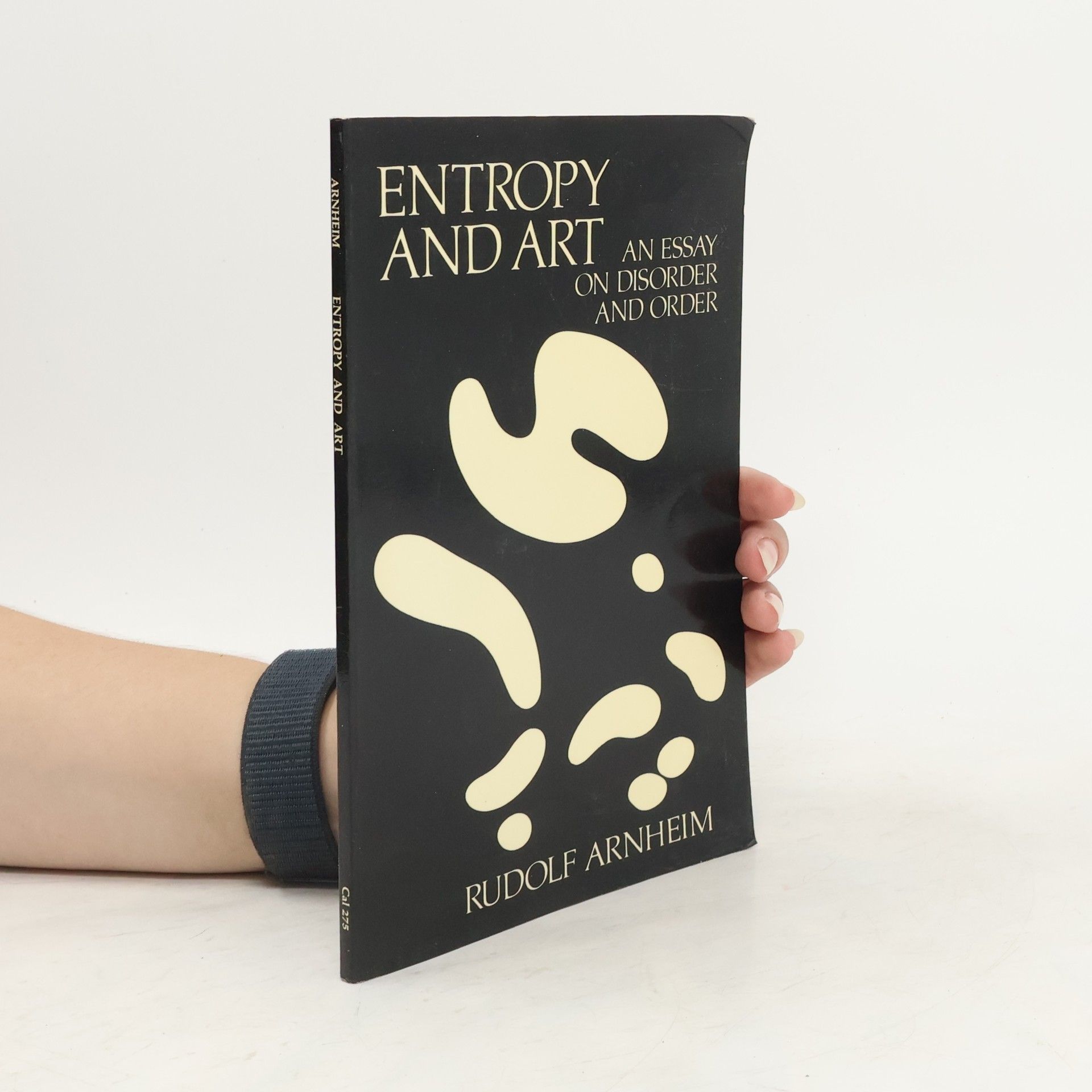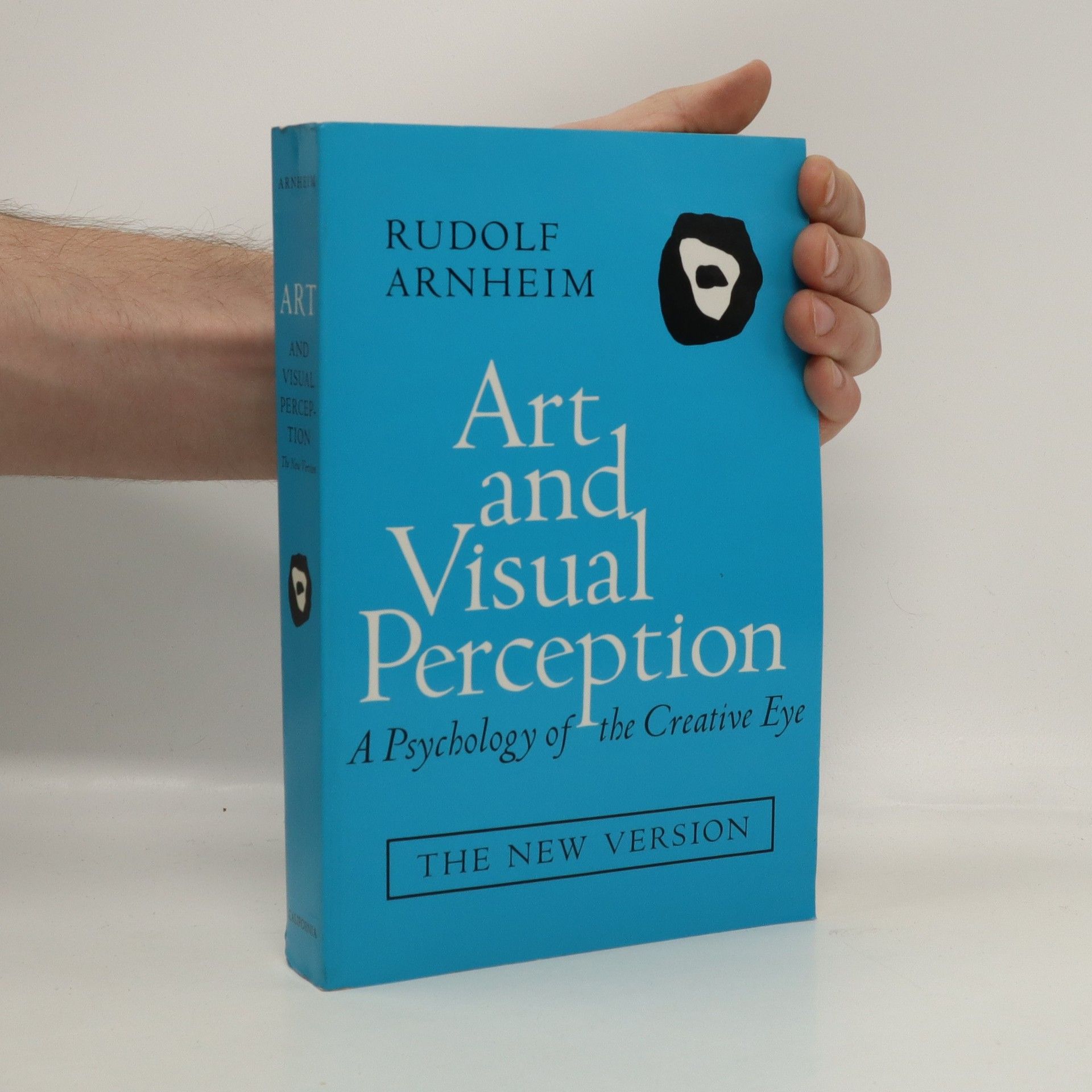Rudolf Arnheim Knihy
Rudolf Arnheim byl teoretik umění a filmu, který aplikoval principy gestalt psychologie na vizuální umění. Jeho práce zkoumala, jak lidé vnímají vizuální informace a jak tyto procesy ovlivňují uměleckou tvorbu a estetické vnímání. Arnheimův přístup zdůrazňoval propojení mezi psychologií vnímání a uměleckým vyjádřením. Jeho díla ovlivnila uměleckou historii i psychologii a nabízí čtenářům hlubší pochopení vizuálního světa.

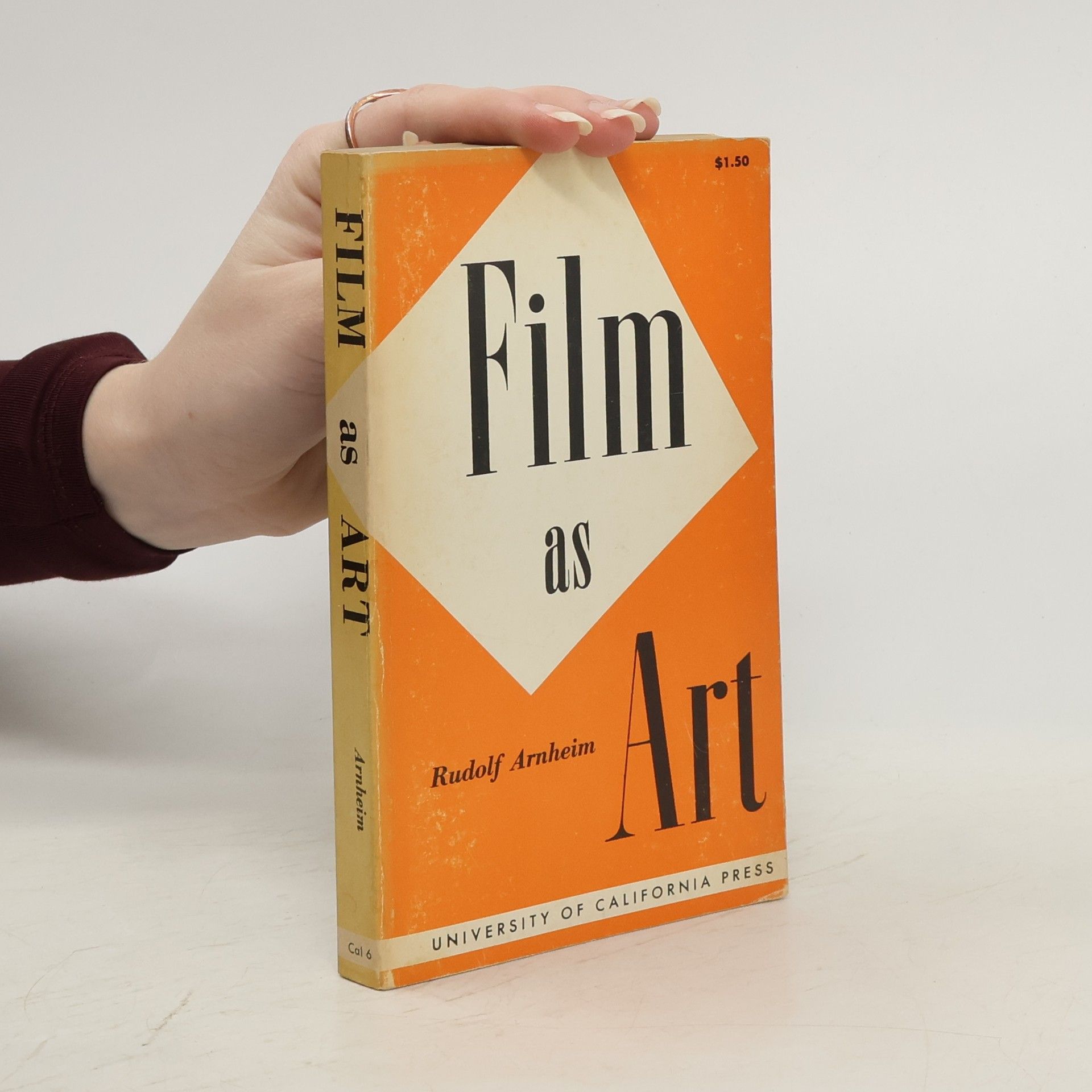




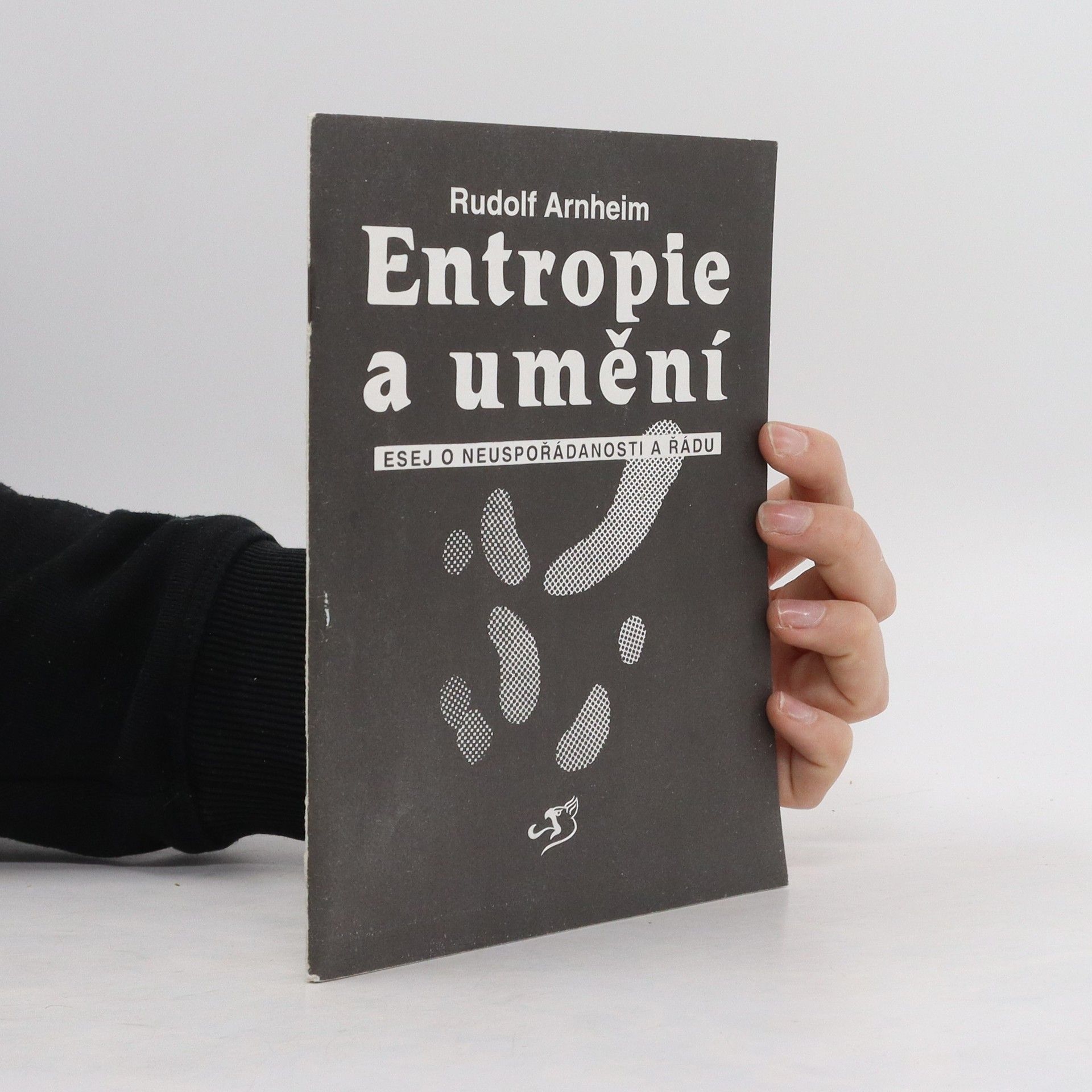
The dynamics of architectural form
- 296 stránek
- 11 hodin čtení
Explores the unexpected perceptual consequences of architecture.
Art and Visual Perception
- 518 stránek
- 19 hodin čtení
Since its publication fifty years ago, this work has established itself as a classic. It casts the visual process in psychological terms and describes the creative way one's eye organizes visual material according to specific psychological premises. In 1974 this book was revised and expanded, and since then it has continued to burnish Rudolf Arnheim's reputation as a groundbreaking theoretician in the fields of art and psychology.
Toward a Psychology of Art
- 380 stránek
- 14 hodin čtení
Based on the assumption that art is subject to psychology, accessible to understanding, and needed for any comprehensive survey of mental functioning, this book offers psychological findings range from experiments in the perception of shape or observations on the art work of children to broad deliberations on nature of images or of inspiration.
Visual thinking
- 352 stránek
- 13 hodin čtení
For thirty-five years Visual Thinking has been the gold standard for art educators, psychologists, and general readers alike. In this seminal work, Arnheim, author of The Dynamics of Architectural Form, Film as Art, Toward a Psychology of Art, and Art and Visual Perception, asserts that all thinking (not just thinking related to art) is basically perceptual in nature, and that the ancient dichotomy between seeing and thinking, between perceiving and reasoning, is false and misleading. An indispensable tool for students and for those interested in the arts.
Picasso's preliminary sketches analyzed in artistic and psychological terms trace the protean character of the famous mural
Views the process of artistic creation in light of the conflict between man's quest for order and increasing universal disorder
